Myanmar: Exploring The Historic Port of Myeik
The historical old port of Myeik is well worth exploring when cruising Myanmar.
Posted on
Very few foreigners have visited Myeik over last fifty years, mainly due to the countries five-decade old period of international isolation. Now that sanctions have been lifted and the country emerges from dictatorship, freedom to access once restricted zones such as Myeik have become easier for those who wish to explore.
The Port of Myeik, once called Mergui or Mergui Town boasts a four-hundred year old maritime history, stretching back to the heyday of the East India Trading Company, who once utilised Myeik strategically important location as one of their far-eastern trading outposts.
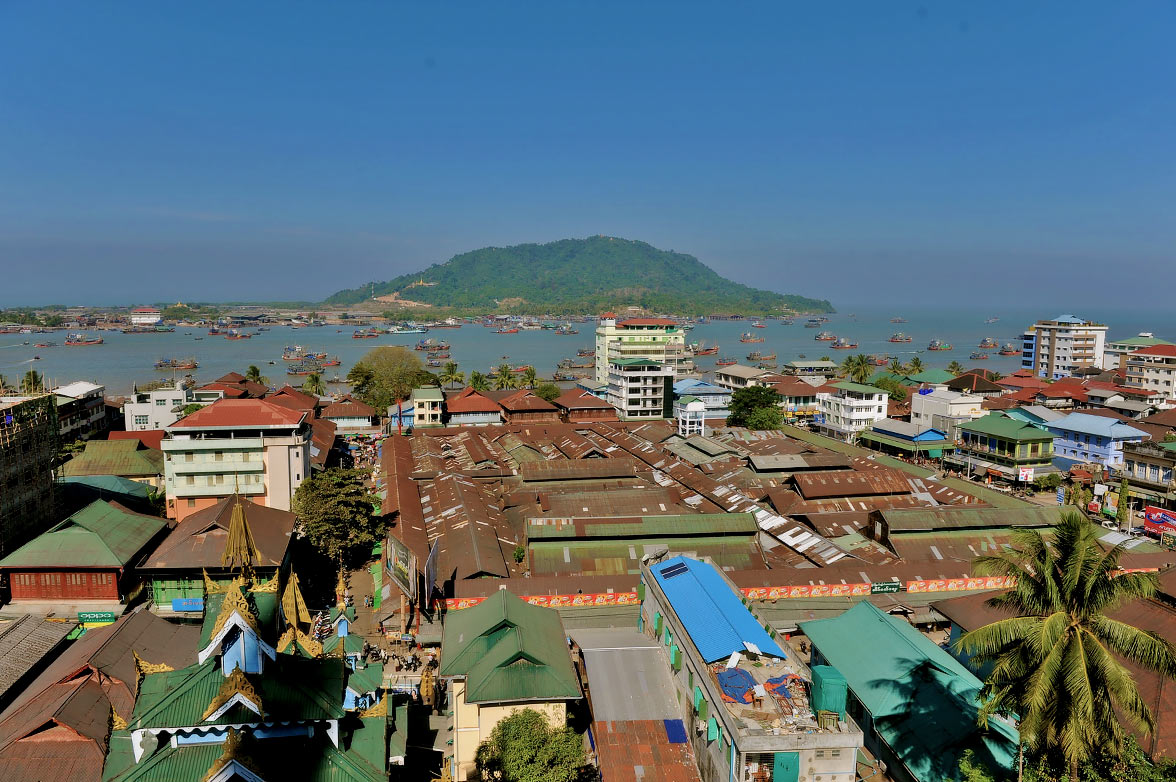
The features on the faces of local port workers tell an interesting story of the towns sea-faring immigrant history. Their forefathers having come to settle here centuries before. A melting-pot of ethnic races and cultures, showing clearly noticeable traces Indian and Arabic heritage. The largest ethnic contingent is still of course the local indigenous Burmese people, but a fusion of different nationalities and cultures arriving over the centuries has brought the town a very cosmopolitan vibe.
There is also a large Chinese community resident in Myeik. The Chinese quarter is located just north of the main market square, where the architecture is typically Sino-Chinese in design.
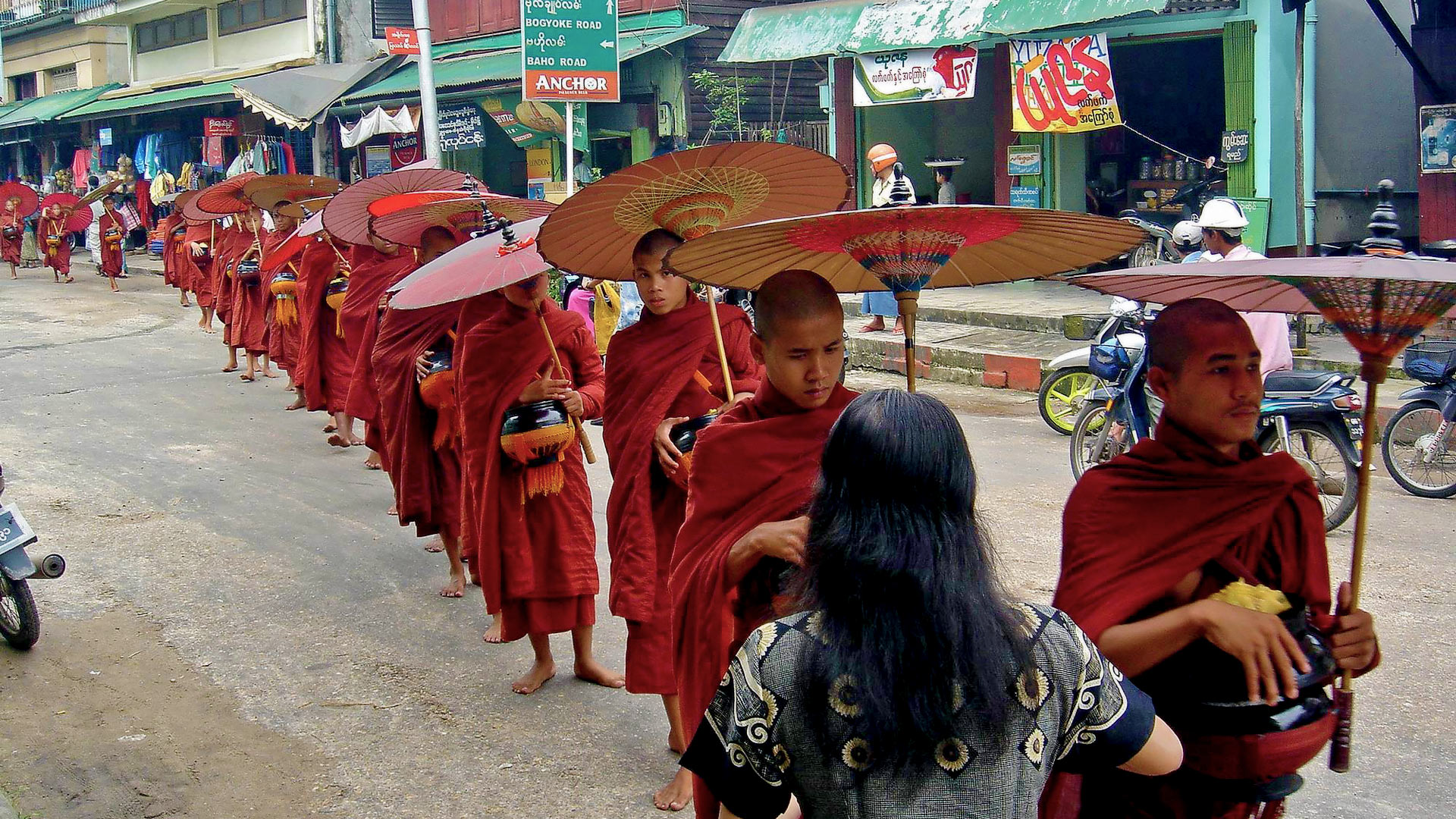
Walking through the Chinese sector one comes to notice the many little engineering workshops sprawled out from the basement garages, encroaching forthwith to the pavements beyond. Engine blocks, pumps and other assorted mechanical hardware all in various states of disrepair. To the untrained eye it may look like unorganised mayhem – but to the shopkeepers it’s probably all under control.
The Chinese also seem to be running the local hardware stores in the town. Items on display in the shop fronts range from fishing nets, floats, plastic hoses, rubber boot’s, buckets and shovels. In fact basically anything your local fisherman or building contractor could wish for.
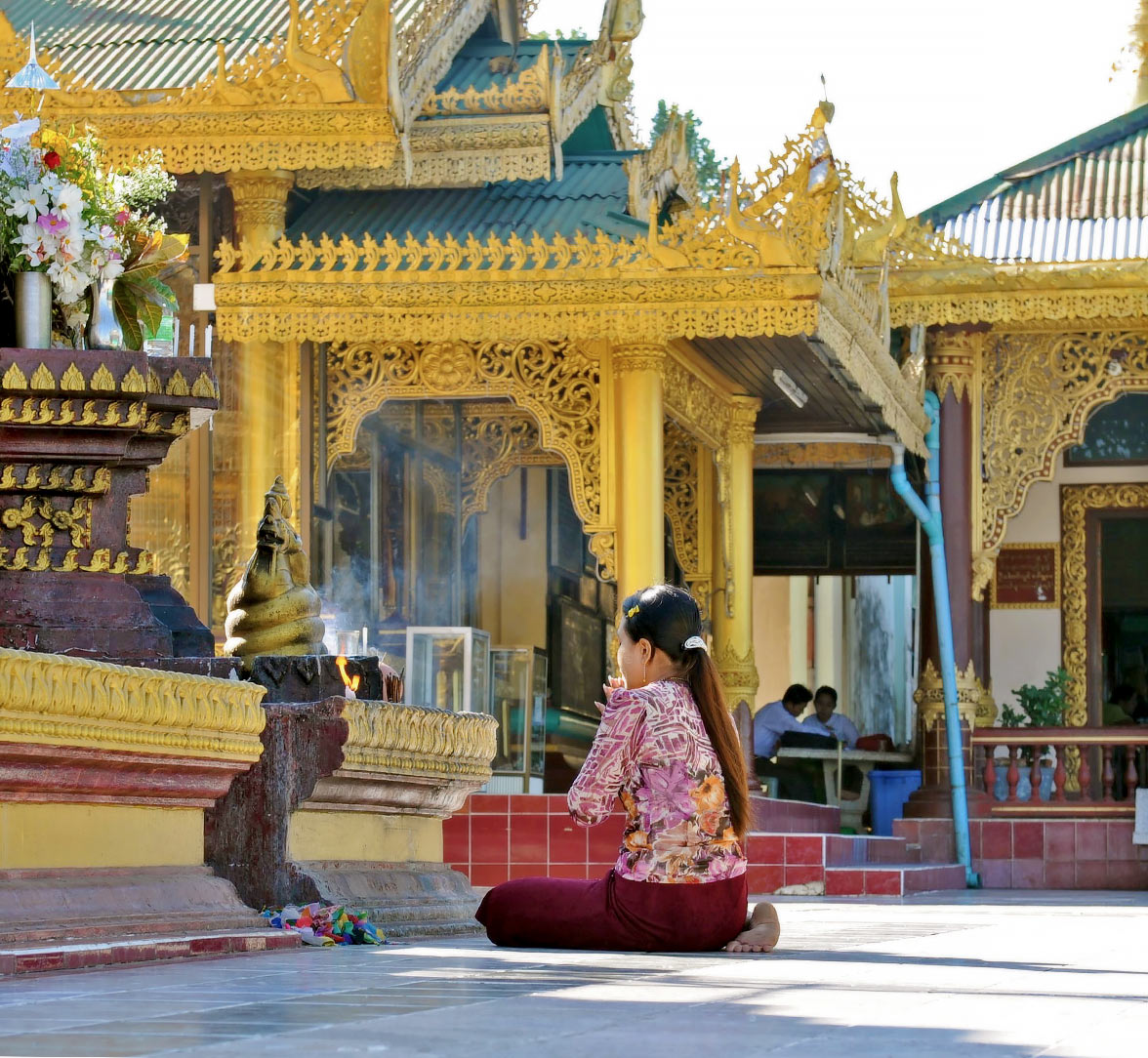
The local market is a sight to behold; situated under-cover in a permanent single story Victorian-era building. The total market area must exceed one square kilometre. A visitors first impression is of an Indian style bazar Lots of alleyways run parallel and perpendicular to one another. Either side of which are individual stools; their owners perched on raised platforms sitting at waist level to the shoppers walking by.
All sorts of interesting things are for sale with different types of produce being zoned accordingly. Clothing for example is grouped in one alleyway as are electrical goods and household items in another.
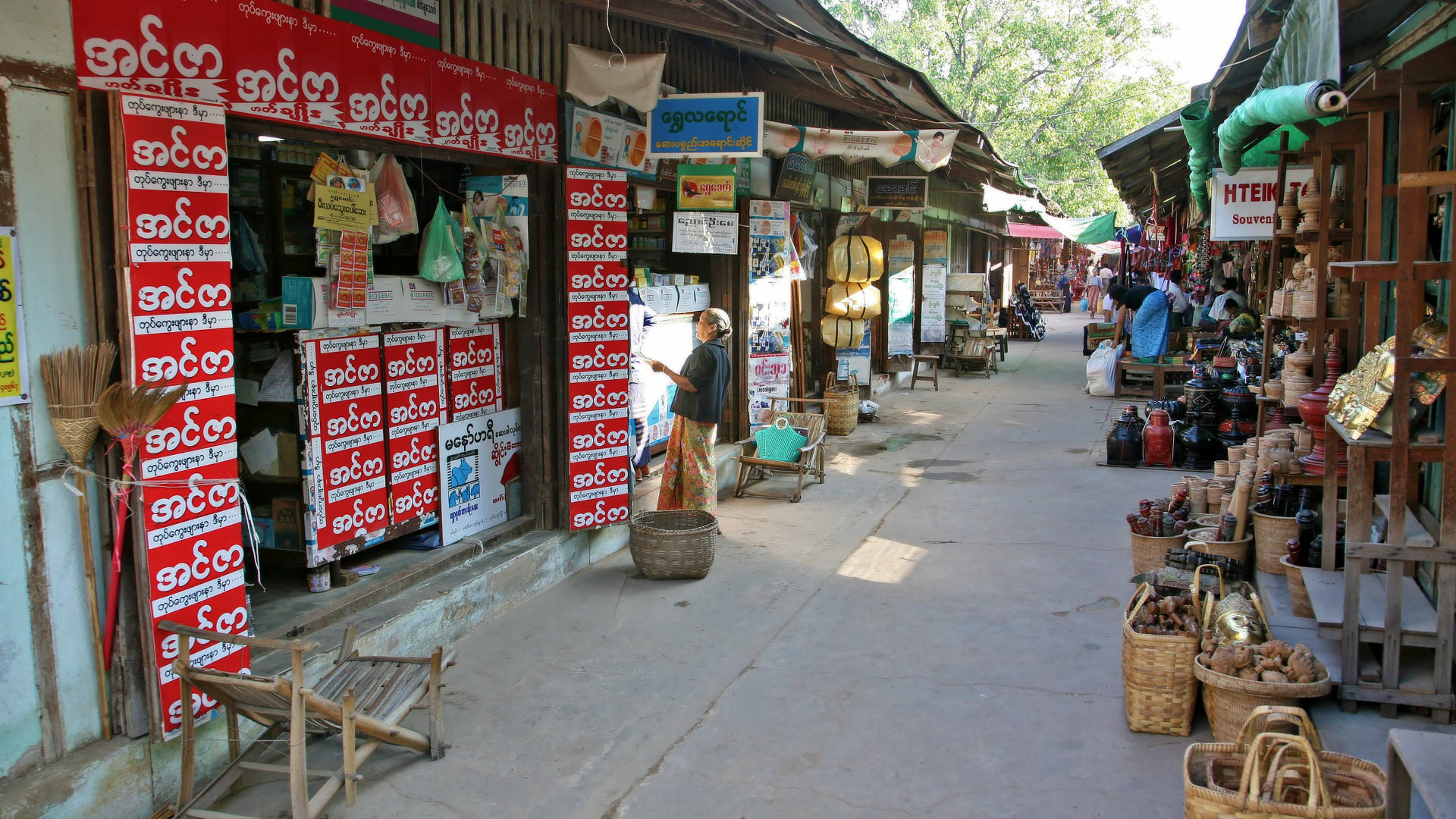
The meat market is reminiscent of medieval days, producing a smell all of its own. A strong stomach is required to browse this section of the market.
The outer-perimeter of the market complex is home to a small congregation of local goldsmiths. Each with a display case of rings, pendants and chains on show. Goldsmiths can be seen at work, plying their trade with blow-torch, various forming tools and instruments. The finished products are not of a genuinely high quality but it is well worth spending ten minutes or so to study these local craftsman going about their business.
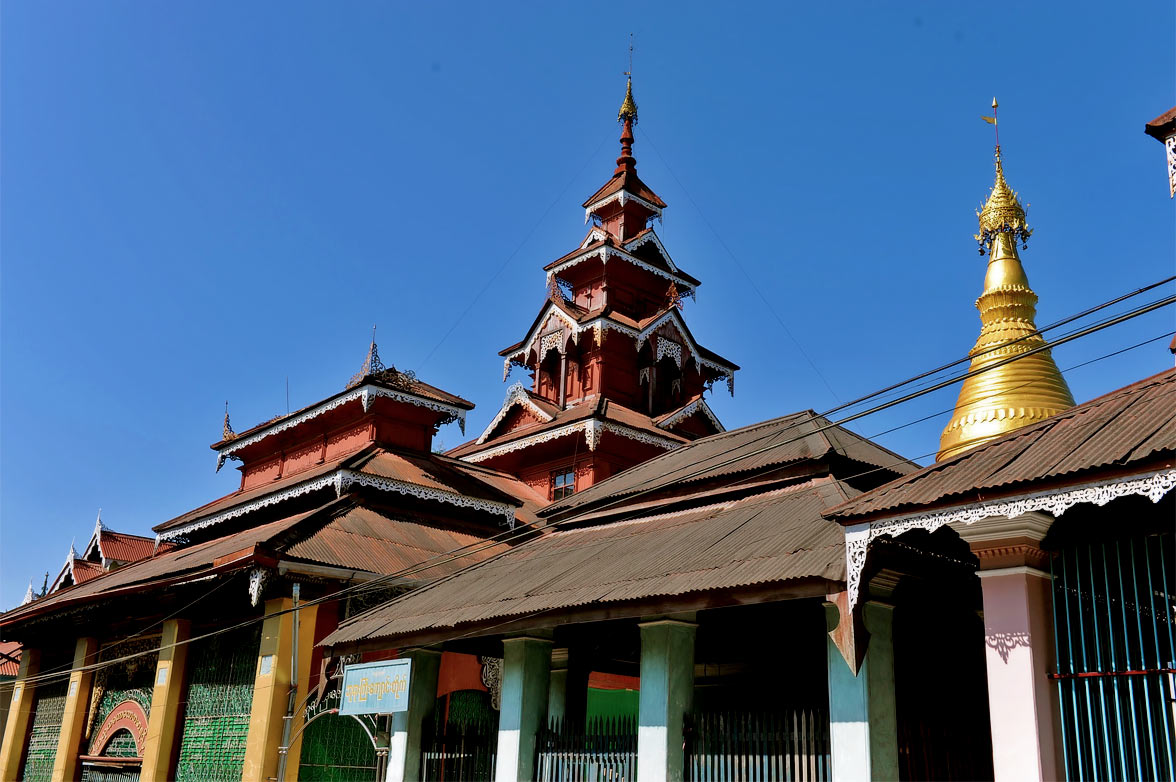
The Approaches to Myeik Port
There are two different routes that may be taken to navigate safely in to the Port of Myeik. The first is from the North through the IRON PASSAGE, between Thamihla Kyun and Kadan Kyun (King Island). There is good depth of water through the passage, although there can be strong currents. For smaller craft, it would be advisable to keep a look out for strong eddies.
Travelling South after navigating the passage is pretty straight forward until you come to the navigational light (F1.8 m) at the Northern approaches to Myeik Port (Mergui). The light is a significant structure and can been seen quite clearly.
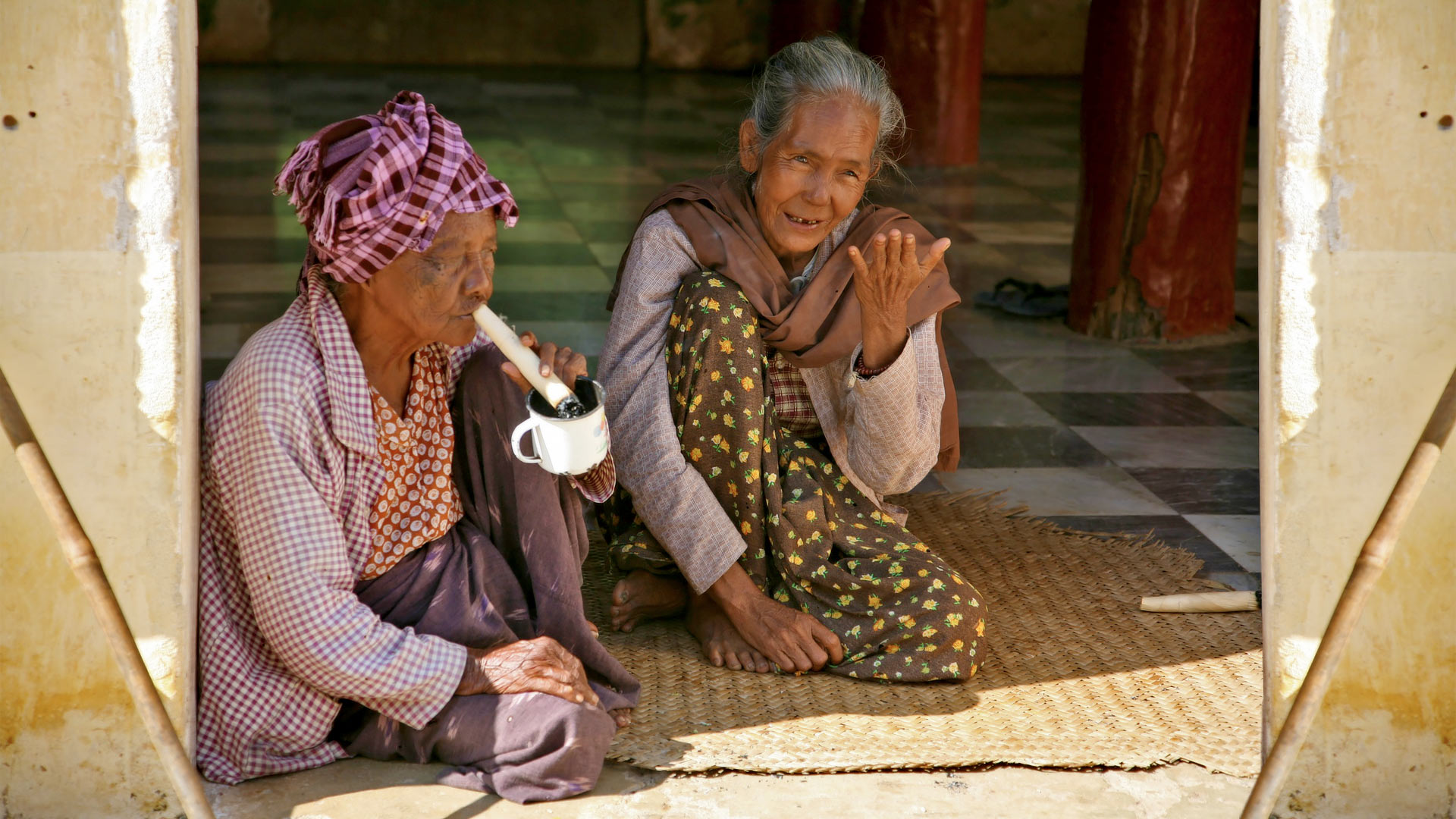
Passage into the port should be to the west of the light. A distance of about 100 – 150 meters from the light is safe. The waters are shallow. There are mud flats that dry at low tide further to the west of the light. Depth of water is less than 2.6 m at low tide on springs so it is advisable to go in on half tide or more just to be safe (this area is known as the Mergui bar). The port will be visible at this point.
There is another navigational light, which is in the town, but can be hard to see. Depth of water will remain constant until reaching the anchored vessels in front of the town. The best anchorage is to be found slightly South of the town, directly in front of the large reclining Buddha image on Pataw Island. Depth of water is approximately 15 meters. Holding is good, but strong currents prevail. Boat traffic is a little less here too.
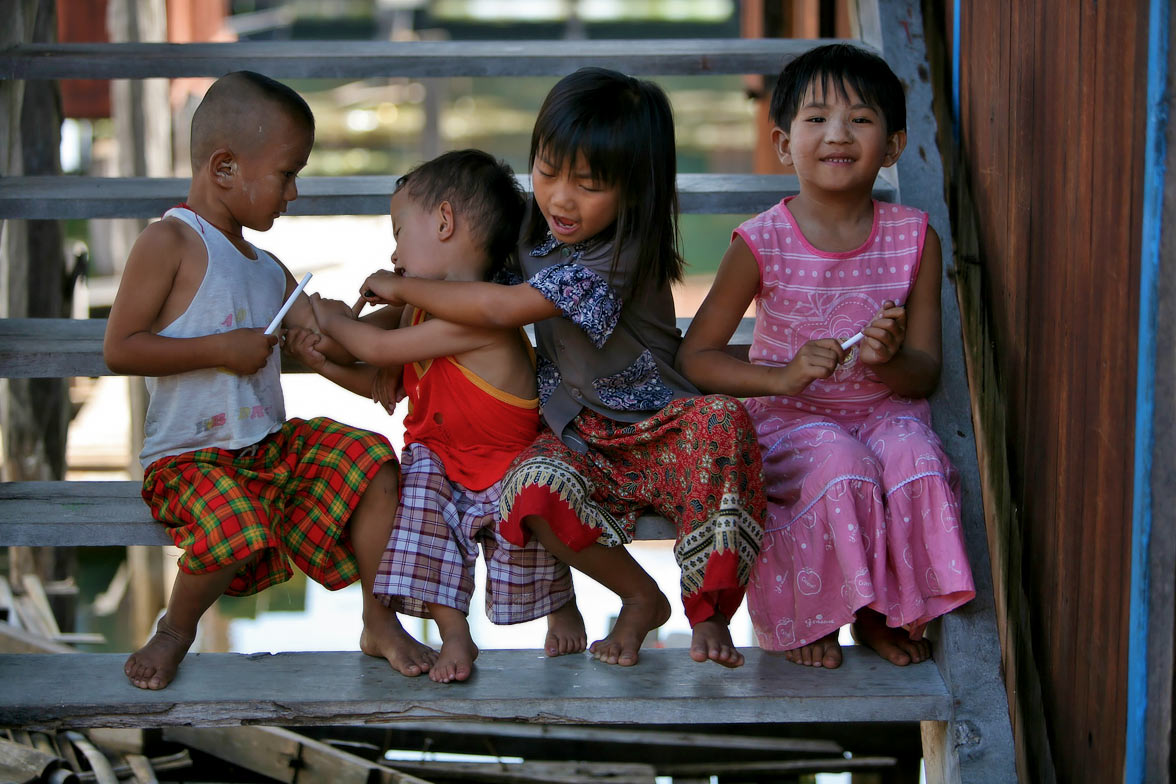
Going Ashore at Myeik
There are three floating pontoons that provide access to the shore. The middle of the three should be used. It is safe to leave tenders tied to the inner-side of the pontoon. It will be necessary to check-in at the port offices, which are situated at the entrance to the floating pontoons. The port Harbour-master, immigration and customs offices are also at the entrance to the jetty. Each will need to be seen before proceeding in to the town.
Written by Adam Frost
Footnote:
Contact Seal Superyachts Myanmar for detailed information about cruising around Myanmar, superyacht charter regulations and about how we can support your visit.
Principle agent Adam Frost is proud to have worked with many of the World’s largest Superyachts and has extensive knowledge of Myanmar and the surrounding area.
Adam Frost
Phone: +66 81 979 6636
Email: myanmar@seal-superyachts.com